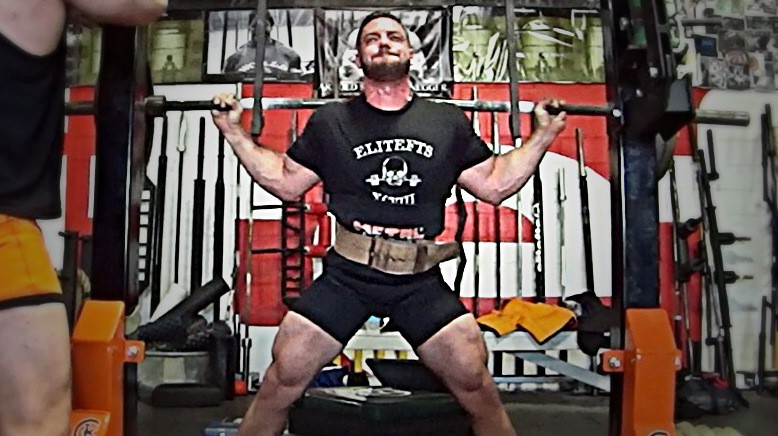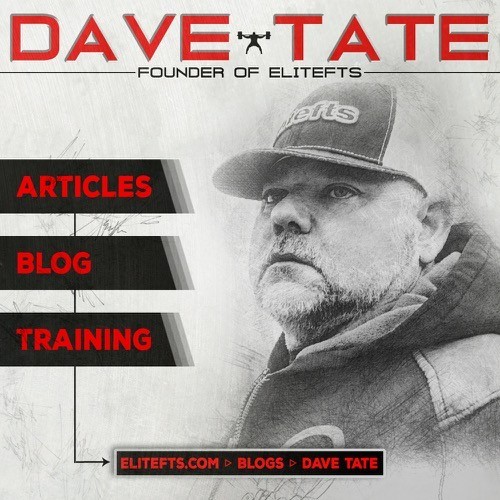
Baffled
Decades ago when I started competing in powerlifting, everyone was geared. It was all single-ply, which provided some support and carryover, so it definitely wasn't gear as we know it today. We did some training raw but competing raw was not a thing. If you have been in the sport for a good amount of time, you know that this uptick is raw lifting is not a resurgence but a newer phenomena.
You would probably think that people who have been training and competing for years and years would be a font of knowledge for all lifters.
BUT WAIT
Not too long ago, geared lifters (according to most people on the internet) didn't know shit about raw training because all they ever did was geared competitions. This baffles the hell out of me.
But recently.... I have been asked by many raw lifters how they can benefit from or start switching to gear. More and more are venturing off and trying single ply.
I want to start writing some posts on how to use gear but before digging into that, I wanted to post a few things that, believe it or not, raw lifters can learn from geared lifters. These ideas take many geared lifters a very long time to finally figure out and after they do, their lifts begin to take off. However, these concepts are vital for ALL lifters to master and I see them being done with advanced lifters but fail to see them with most intermediate and beginner lifters. I do believe these are best learned the "hard way" or from verbal cueing during the lifts. I also believe if you lock these down you WILL get stronger and stay safer..
1. Take your damn time!
Yes, in a meet you have to be ready when you are called, and there should be some training specificity around this. However, when lifting submaximal to maximal weights in the gym, don't watch the clock. Go when you are mentally and physically ready to go. Also take your time getting set up. You can still be psyched out of your mind if need be but NEVER at the expense of being set up right. Take your time and make sure your hands are right, your feet are right, and so on. You would think this is common sense, but it's not. Look at your newsfeed and then tell me how many people do this.
2. Get tight!
In a way, this is still part of taking your time. There are many different approaches to how you should get tight but here is a secret for you: they all end up at the same place. Don't get caught up in the methods- focus on the result. If you think you are tight, let me tell you that you are NOT. Even the best lifters will tell you this is very hard to do every time but they will also tell you they get as tight as they possibly can. If you aren't as tight as possible in gear, you won't be able to control it and you will fail the lift or get injured. This should be just as important for raw lifters. From feet to hands, your body should be a rock and in position to transfer force. This should not diminish during your walk out or lift-off. It should be greater during the transition. Again, watch your newsfeed and you will see how few become tight and how many turn into wiggly bacon.
3. Let the bar settle
After you walk the bar out or receive a handoff, hold the damn bar! Let the weight settle into you. Think of it as letting the weight ground you into the floor or bench. If the weight is moving or the bar is whipping, you give it time to stop by letting it settle (it may take a few seconds). I can't count the number of times I have seen missed lifts due to fucked up platforms, bad handoffs, jack stands that trip up the bar and/or lifter, poor bench pads, etc. Almost all of these issues can be negated by letting the bar settle. In many cases with lifters I have worked with, I actually watch the bar and will cue them... "hold, hold, hold" (until the bar stops) and then "GO". I can't begin to tell you how many lifters this has saved from bombing out of meets.
I actually watch the bar and will cue them... "hold, hold, hold" (until the bar stops) and then "GO"
While I will admit these may be more important for geared lifters, they are technical issues that are important to all lifters who are trying to push the limits and have to train closer to the edge. When you start to get to these upper limits of submaximal and maximal weight, it is not only a game of pounds but also inches. If the bar moves one inch the wrong way with heavy weight - you're screwed.
It's easier to prepare to avoid this than it is to overcome it when it happens. It's also safer.













1 Comment